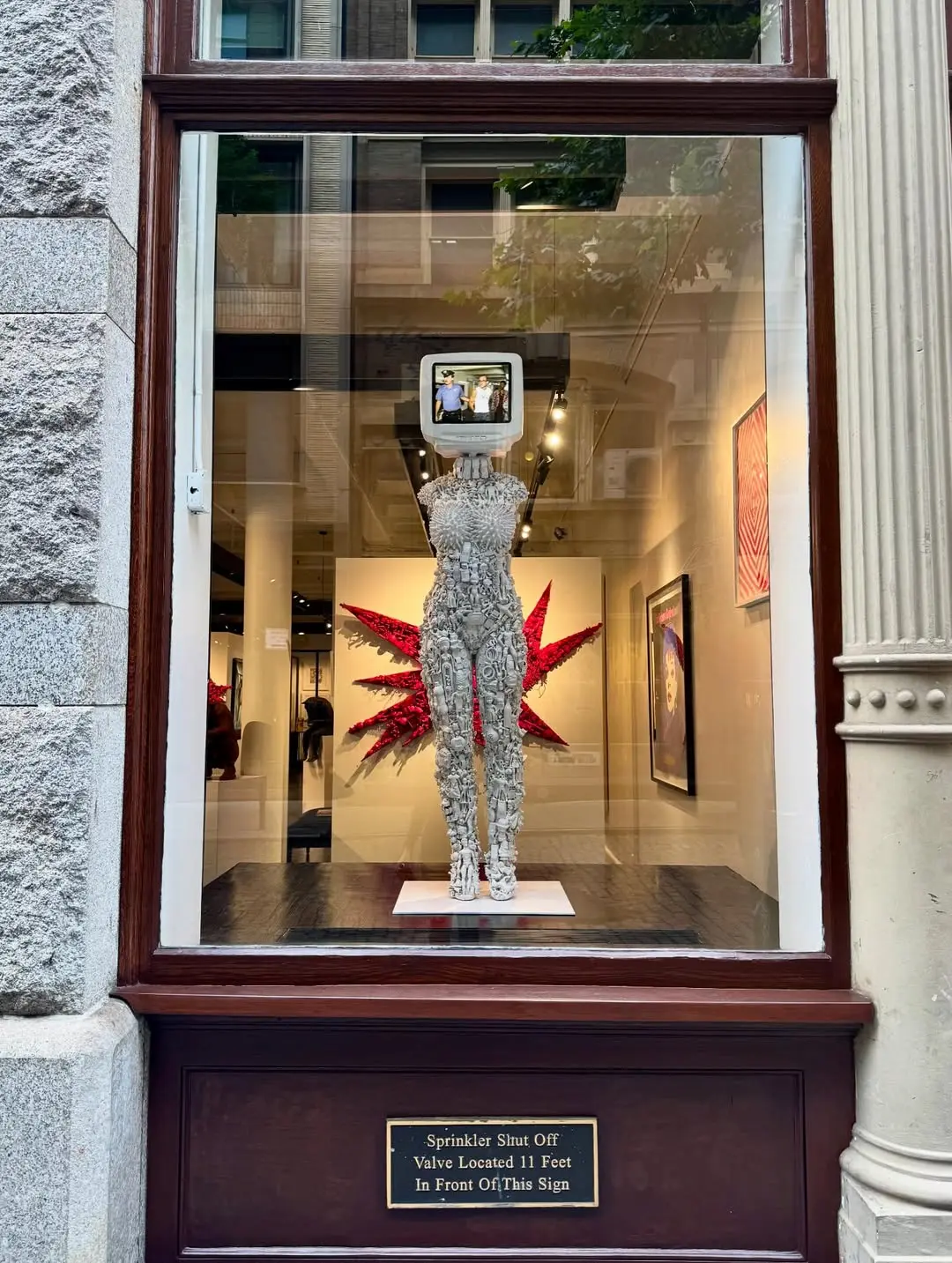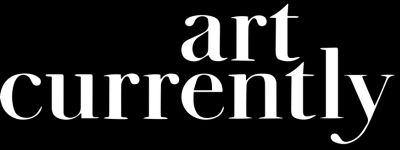Inside JJ Hammond’s New York Debut and Curated Show

At just 20 years old, JJ Hammond has emerged as one of the most exciting young voices in contemporary art. Born in Beverly Hills in 2005 and raised across Asia and the United States, she lived in San Diego, Miami, and New York, with a brief period in North Carolina during the pandemic. These moves gave her work a global perspective while grounding it in memory which has translated throughout her art trajectory. Hammond’s sculptures and installations use resin, retro televisions, LED lights, toys, and other unconventional materials to explore nostalgia, identity, and the tensions of growing up in a hybrid analog-digital world.
This summer, Hammond became the youngest artist ever signed by VFA Gallery in SoHo, securing her first representation in New York. Her debut came in the Women of Culture exhibition, where she showcased alongside Jule Waibel, Sienna Martz, and Paddy Cohn in a chorus that interrogated identity, power, and cultural narrative. The visibility from this debut carried into Black and White, a group exhibition she curated in her New York apartment. Featuring Hammond and fourteen other young artists, the show transformed her living space into a gallery, giving emerging voices a platform to showcase and sell their work.
Her independent approach with Black and White echoed the values of the Young British Artists, demonstrating the influence, persistence, and vision that mark true artistic greatness. Strengthened by her representation with VFA, Hammond shows how artists can achieve recognition through both self-staging and gallery support. Taken together, her debut at VFA and Black and White highlight her ascent, positioning Hammond as a rising pioneer whose art is inseparable from the environments she inhabits. I sat down with the artist over a conversation for art currently on her inspirations and what’s next for her.

Let’s start with a little bit about your early years. I know you’ve said your life before Miami was a blur but do you have any significant memories of art and sculptures around you?
Growing up in Asia feels like a blur—I’ve always said I have the worst memory, and without photos, I wouldn’t recall much. But one thing that was always consistent was my parents taking me to museums and galleries. They’ve always loved art, and while most kids would dread walking through exhibitions, I was fascinated. I remember thinking, wow, I could do this one day. When I was about 13, my parents took me to Alex Vervoordt’s foundation in Belgium. I was in awe of how powerful the space felt—the works made me feel something. That experience
stayed with me and planted the idea that I wanted to create environments that move people, that spark a memory or stir a forgotten feeling.
How often were you exposed to art as a child?
All the time. From museums to architecture, art was always around me. We traveled a lot when I was younger, and I was exposed to a lot of beautiful things and places that forever stuck with me.
How much did your relationship with your parents influence your decision to pursue art?
I couldn’t be more grateful for my parents. They never pushed me into art—it was the opposite. First, I wanted to be a singer, then an actor. It wasn’t until high school, with my teacher Mark Runge, that I started seriously exploring art. He challenged me to think bigger. My parents, though, were always behind me. My mom helps me collect toys and retro TVs—even stepping in to help with sculptures when I’ve been sick. My dad collects my work, alongside many other artists, and our house has filled up with my pieces. Their belief in me and in the community I’m building has been the foundation that allows me to take risks and push forward.
Your last pit stop before the Big City was in Miami. How did you first get involved in painting? Did you exhibit your work before coming to New York?
Miami is really where I grew up fast. The city exposes you to everything at a young age, and while I had my fun, art kept me grounded. It saved me from making a lot of bad decisions.I first started painting during COVID, while in North Carolina. A friend and I took a speed limit sign, and I started obsessively painting male and female forms on it. Friends wanted to buy them, so I began selling numbered editions. It was the first time I realized not only did I love making art, but people wanted to live with it. By December 2021, I showed my first sculpture at Congruent Space in the Miami Design District and sold it to a collector in LA. I was 15, and that gave me the drive to go all in. By 2023, I had done my first solo show in Miami, and later that year, I exhibited during Art Basel. Over 200 people attended, and that momentum carried me into New York.
Congratulations on signing with VFA Gallery in Soho.
What led to this appointment?
Thank you! Honestly, it happened most unexpectedly. I had always had the quiet goal of joining a gallery, but I wasn’t aggressively chasing it; I was more focused on building my shows and understanding how galleries operate. Brianna Sorkin, a longtime friend, reconnected with me and told me VFA was interested. From there, everything came together smoothly and quickly. I’m excited to show my work in a space outside of my own—it’s a big shift, and I’m curious to see how this partnership will shape my future.
Could you tell me a bit about the Women’s Group Show after signing with VFA?
It was hosted by VFA and Women of Culture. I exhibited alongside two incredible artists, and we spoke about our work to a large audience. It was my first time addressing such a big crowd—I kept it short and heartfelt, just a few days after installing the show.
You ended your New York moment with a finely curated exhibition. How was that?
I curated Black and White in New York with 15 artists who had supported and inspired me throughout my time in the city. It was my way of saying thank you to the community that had given me so much. Through internships with artists like Harif Guzman, I had the chance to meet
people, learn how the art world really functions, and understand the importance of collaboration. The show was about building a space that reflected that collective energy.
(Artists: Agustin Squassi, Barak Wrobel, Cameron Postforoosh, Charlie Emmet, Erin Donahue, Esther Fyall, Gabriel Roberts, Gunnar Magnus, Harif Guzman, Hugh Lippe, Max Saada, Phil Mortillaro, Tina Dion, Zach Laine)
How would you wrap up your NYC experience? What advice do you have for artists who hope to take on this journey?
New York was overwhelming at first. I had just graduated from high school, and while I had applied to college, I knew deep down that school wasn’t the path for me. Suddenly, I was in a city where I didn’t know anyone, had no mentor, and had no clear direction. I was questioning everything—especially whether I made the right choice.
But I stayed positive. I taught myself through YouTube, books, and most importantly, by showing up. I went to every Wednesday and Thursday night art opening I could find, introducing myself to gallery owners and artists, sometimes even telling them, One day I’ll be in this gallery. Eventually, things shifted. A private art advisor sat me down and told me: You need to let go of painting and focus fully on sculpture—this is your voice. From that moment, I committed. My first New York solo show was in my apartment in May 2023. A year later, in 2024, I had my next solo show, and the growth felt exponential. I drew inspiration from artists like Nick Cave, Mike Kelley, and Louise Nevelson, and from the psychological work of Dora Kalff and Carl Jung. Their influence guided me as I developed my practice around memory, play, and human psychology.
My advice? Put yourself in uncomfortable positions. Say hello to the people you don't want to say hello to. Get rejected a thousand times—it only takes one yes to change everything. And what I believe and have seen in the art world is that it’s not just about the art you make, but the person you are. People remember energy, kindness, and authenticity.

